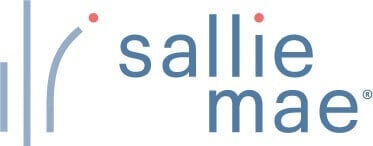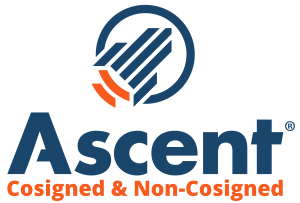When students leave their homes and go off to college, there are enough things at play without having to worry about personal financial trouble. In response to the growing number of students who are unable to pay their tuition in full without some sort of assistance, the number of financial aid grants has grown. Thus, there’s a percent of students who receive financial aid. According to a 2014 study by the National Center for Education Statistics, 85% of students receive some form of financial aid to help with the mounting costs of college.
It’s more complicated.
On the surface, this may seem like a straightforward statistic. However, there is much more at play than the simple transfer of money. If we unpack and drill down the 85% of students who receive financial aid, we see that money often comes from various programs and organizations, as opposed to one centralized source. There are many ways for college students to receive financial aid. It is very important for us to understand the various routes available for monetary relief.
Many students receive student loans.
One of the most well-known routes students can take is through a for-profit student loan organization, such as the SLM Corporation, usually known as Sallie Mae. The for-profit Sallie Mae organization was worth $1.8 billion in total equity in 2014. That’s a staggering number for anyone not named Warren Buffet. Sallie Mae, as of the current year, uses a division under the name of Navient to manage their student loans.
Navient directs and provides funds to nearly 12 million students nationwide. On their website, Navient points out that their financial aid program has already been paid off by one out of three customers who used it. They state that students who go through Navient are more than two times more likely to have good credit lines than their peers. Additionally, Navient states that their alumni are 65% more likely to work full time.

There are also federal aid programs.
While Navient is not connected directly to the US government, Washington also runs its own federal aid program to help out students in need. For example, things like the need-based Perkins Loan Program and the subsidized Pell Grants. The most common source of financial aid provided by the government is the Free Application for Federal Student Aid, also known as the FAFSA program. FAFSA provides over 13 million students with nearly $150 billion for aid and rosters well over a thousand employees nationwide. Most students, no matter their economic background, should fill out the FAFSA form to see if they qualify for government assistance.
Consider work-study as an option.
If students prefer to go a less formal route, the Federal Work-Study (FWS) program helps them to find campus jobs, earning money to help with their steep education price tags. Students who qualify for work-study can start paying off their student loans while still in college. In contrast, those waiting until after graduation to settle their bill end up paying more. Work-study jobs vary based on several factors, and it is not a road open to all students; to qualify, first, you must be accepted.
Student loan costs are a hot-button issue in our current environment and for good reason. Nearly 68% of 2015 graduates had student loan debt. The average student owed over $30 thousand to the source of their loan. However, there are always ways to receive financial aid for those who seek it, no matter which path you walk to get there.
—
Use College Raptor’s free match tool to look at personalized college price estimates based on your financial circumstances!
| Lender | Rates (APR) | Eligibility | |
|---|---|---|---|
 |
5.34%-15.96%* Variable
3.99%-15.61%* Fixed
|
Undergraduate and Graduate
|
VISIT CITIZENS |
 |
4.92% - 15.08% Variable
3.99% - 15.49% Fixed
|
Undergraduate and Graduate
|
VISIT SALLIE MAE |
 |
4.50% - 17.99% Variable
3.49% - 17.99% Fixed
|
Undergraduate and Graduate
|
VISIT CREDIBLE |
 |
6.00% - 13.75% Variable
3.99% - 13.75% Fixed
|
Undergraduate and Graduate
|
VISIT LENDKEY |
 |
5.50% - 14.56% Variable
3.69% - 14.41% Fixed
|
Undergraduate and Graduate
|
VISIT ASCENT |
 |
3.70% - 8.75% Fixed
|
Undergraduate and Graduate
|
VISIT ISL |
 |
4.99% - 16.85% Variable
3.47% - 16.49% Fixed
|
Undergraduate and Graduate
|
VISIT EARNEST |
 |
5.00% - 14.22% Variable
3.69% - 14.22% Fixed
|
Undergraduate and Graduate
|
VISIT ELFI |






